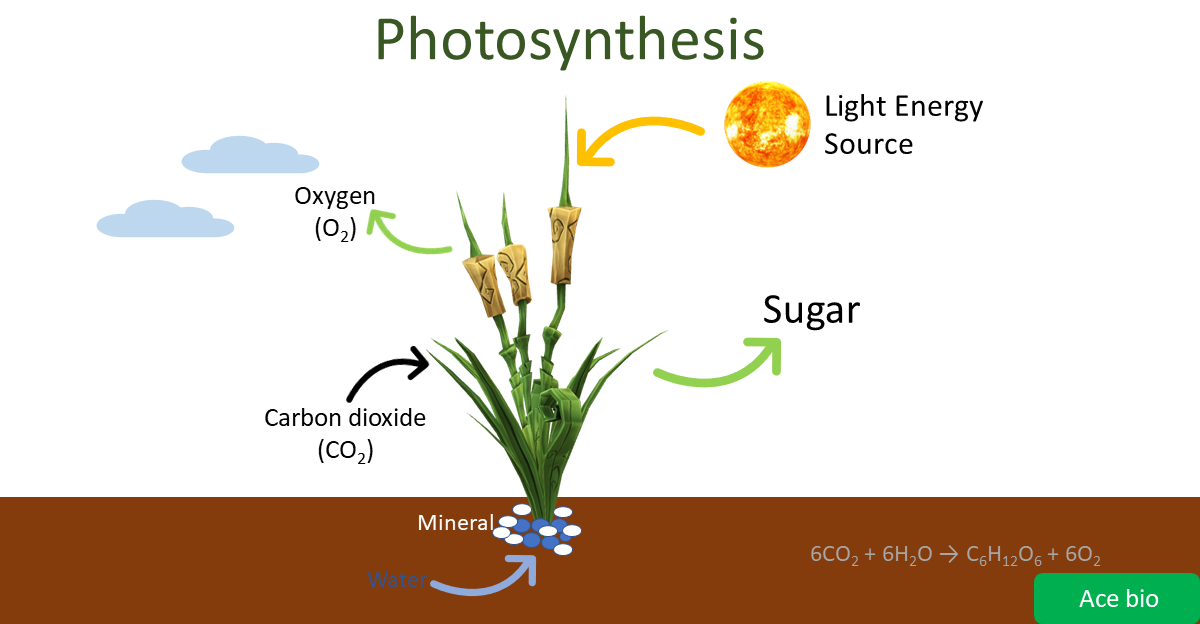Table of Contents
Introduction
Photosynthesis in higher plants is the process by which plants, algae and some bacteria synthesize food molecules through the chemical use of energy which is in the form of light.
This process is critical for plant and other photosynthetic organisms as well as playing a role in creating the oxygen that human beings breathe and as the basis of the food chain.
This process occurs in the chloroplast, which is located within the plant cells and is made up of pigments, like chlorophyll.
1. The Basics of Photosynthesis
Definition and Significance
Photosynthesis in higher plants could be described as the process through which plants, being the autotrophs, utilize sunlight to produce organic compounds from carbon dioxide and water.
The general equation for photosynthesis is 6CO2+6H2O+light energy→C6H12O6+6O2
This equation just reveals the process in which carbon dioxide and water produce glucose and oxygen with the help of solar energy.
Hence, it can be stated that the process of photosynthesis is of enormous importance.
It is has been an essential system for the provision of organic carbon to all the living organisms on this planet, and played a pivotal role in oxygenation of the earth’s environment, to accommodate aerobic forms of life including humans.
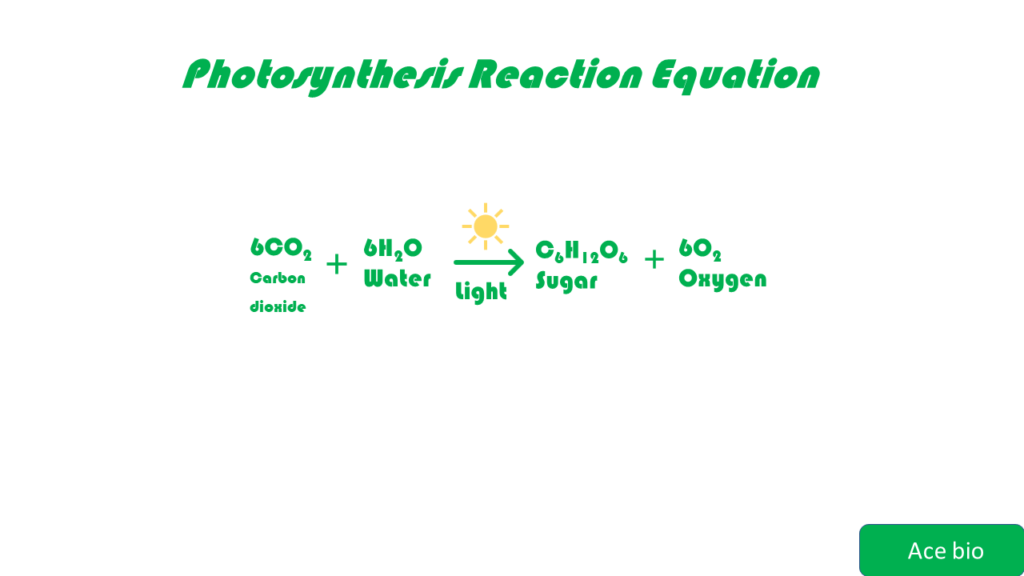
Overview of the process occurring in chloroplasts
Photosynthesis in higher plants mainly occurs in a chloroplasts structures found inside the plant cells.
Chloroplast consists of some pigments and the main pigment associated with the plant cell is chlorophyll which is significant in the absorption of light energy.
The process of photosynthesis can be divided into two main stages: Light reactions and the Dark reactions
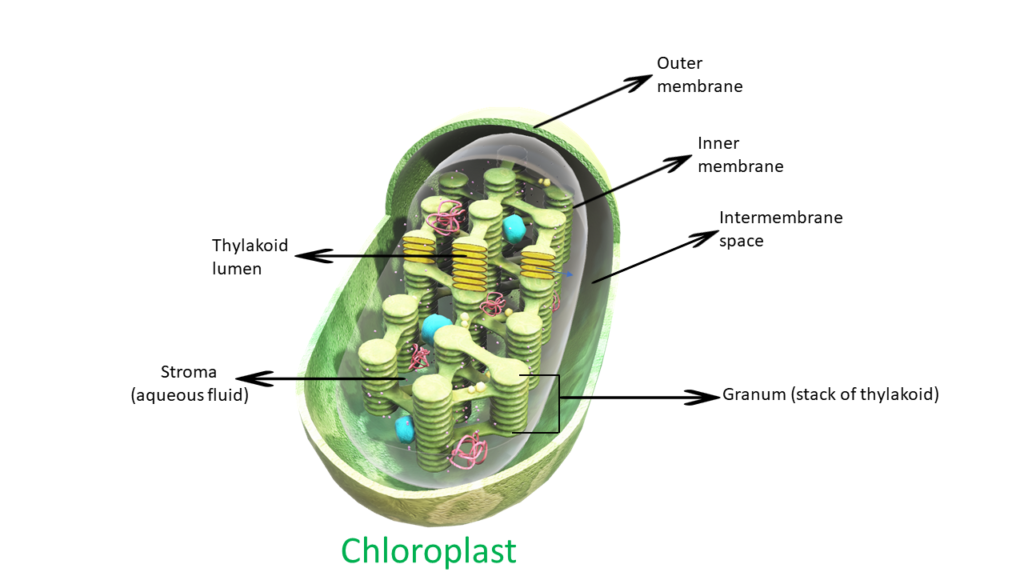
2. Role of Chlorophyll
Description of chlorophyll and its location
Chlorophyll is the green coloring material of plants which is mainly confined to the chloroplasts of plant cell.
Function in light absorption and glucose production
It absorbs efficiently blue and red wavelength light and reflecting green light, that’s why plants appear green.
Chlorophyll’s function is to help absorb photons (light particles) and with the released energy they can create glucose from carbon dioxide and water.
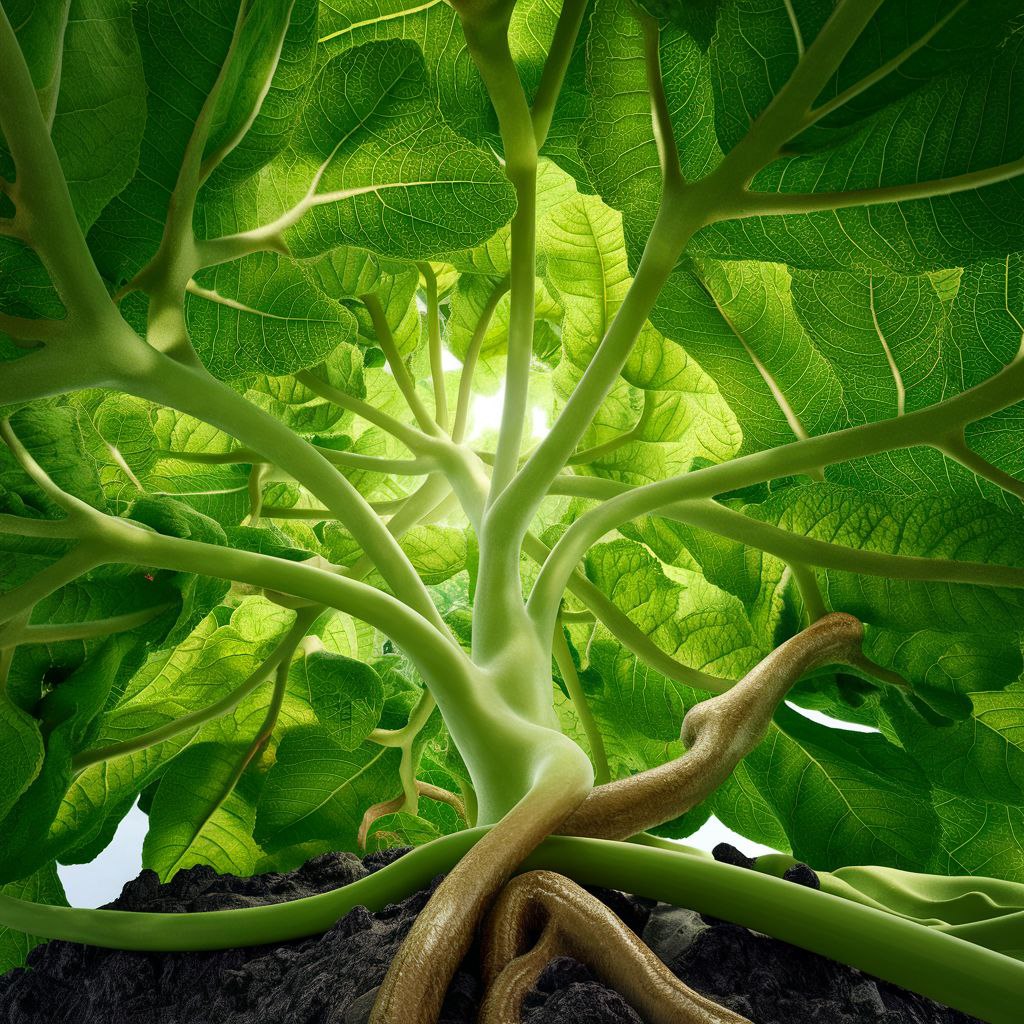
3. Equation of Photosynthesis
The overall reaction of photosynthesis can be represented by the following equation:
6CO2+6H2O+light energy→C6H12O6+6O2
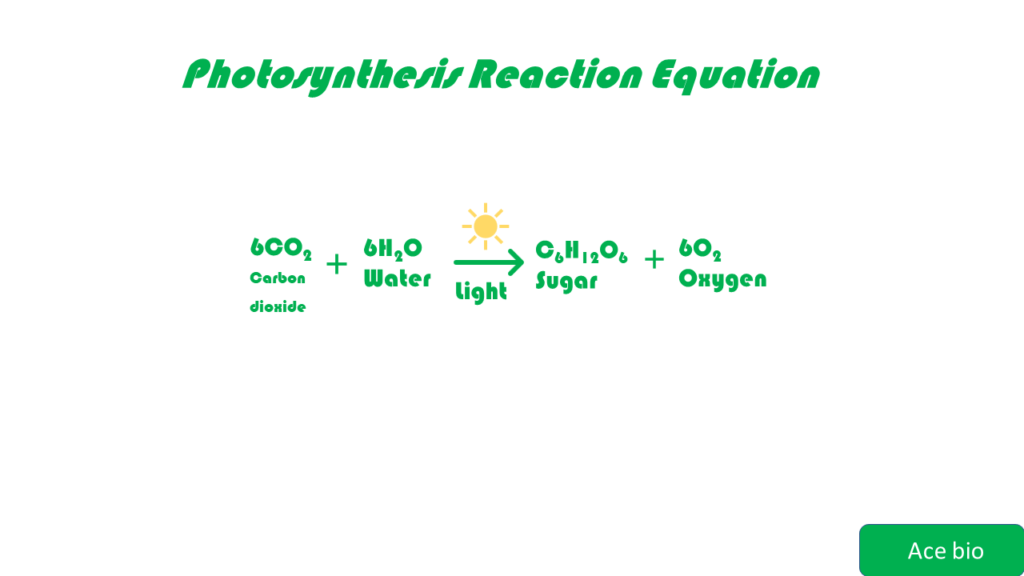
Here’s what this means:
CO2 (Carbon Dioxide): Obtained from the air through very small pores known as stomata.
H2O (Water): Closely taken by the plant roots from the soil.
Light Energy: Captured by chlorophyll.
C6H12O6 (Glucose): A molecule of sugar, which is utilized by plant to have the energy and grow up.
O2 (Oxygen): Emitted into the atmosphere as a by-product of the above reactions.
4. The Process of photosynthesis in higher plants
Light-Dependent Reactions
Location
These takes place in the thylakoid membranes of chloroplasts.
Key Steps
Photon Absorption
It consists of chlorophyll which absorbs the photons of light from the sun.
This energy promotes electrons to a higher energy level.
Water Splitting (Photolysis)
Water molecules are broken down into oxygen, hydrogen ions (protons), and electrons.
This process releases oxygen as one of the products that is produced in the process.
Electron Transport Chain (ETC)
Extracted electrons are transferred through the thylakoids’ membrane where there are series of proteins.
This movement helps to synthesize ATP and NADPH which are energy Carriers.
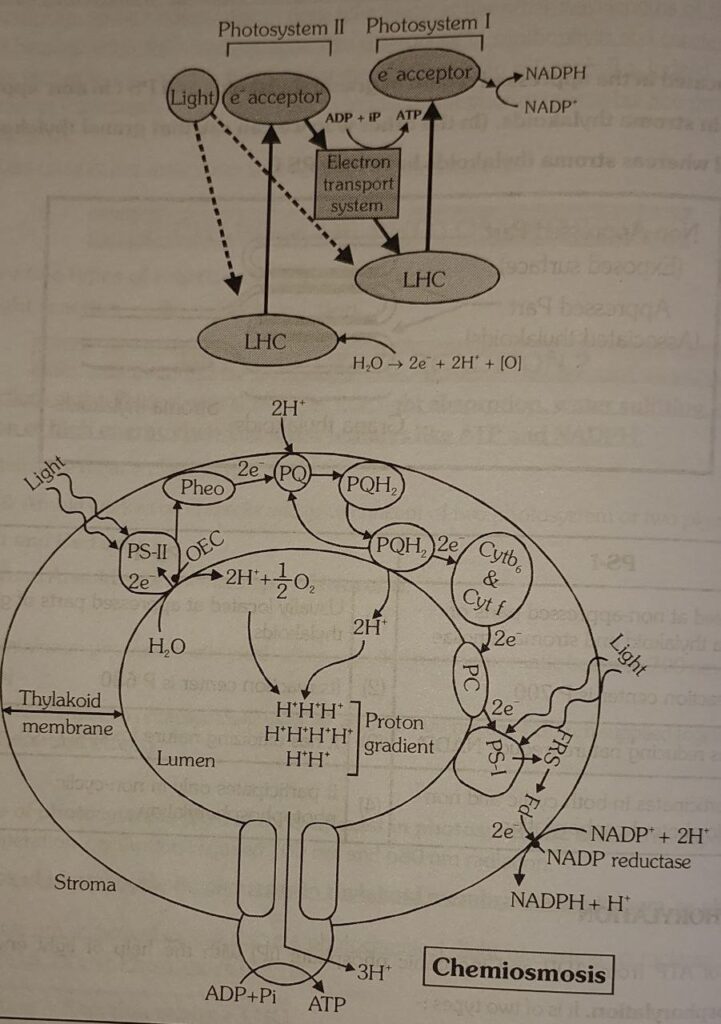
Light-Independent Reactions (Calvin Cycle)
Location
These occurs in the stroma of the chloroplast.
Key Steps
Carbon Fixation
By RuBisCO, carbon dioxide is converted into 5-carbon molecule named RuBP (ribulose bisphosphate) for carbon fixation.
This creates a 6-carbon compound that quickly breaks down into two 3-carbon molecules known as 3-PGA (3-phosphoglycerate)
Reduction Phase
ATP and NADPH obtained in light dependent process is used to convert 3-PGA into G3P (glyceraldehyde-3-phosphate).
G3P is a 3 carbon sugar which is going to be used further to synthesize glucose and other carbohydrates.
Regeneration of RuBP
Some of the G3P molecules are used to remakes RuBP to allow the cycle to progress on.
This regeneration process also needs ATP.
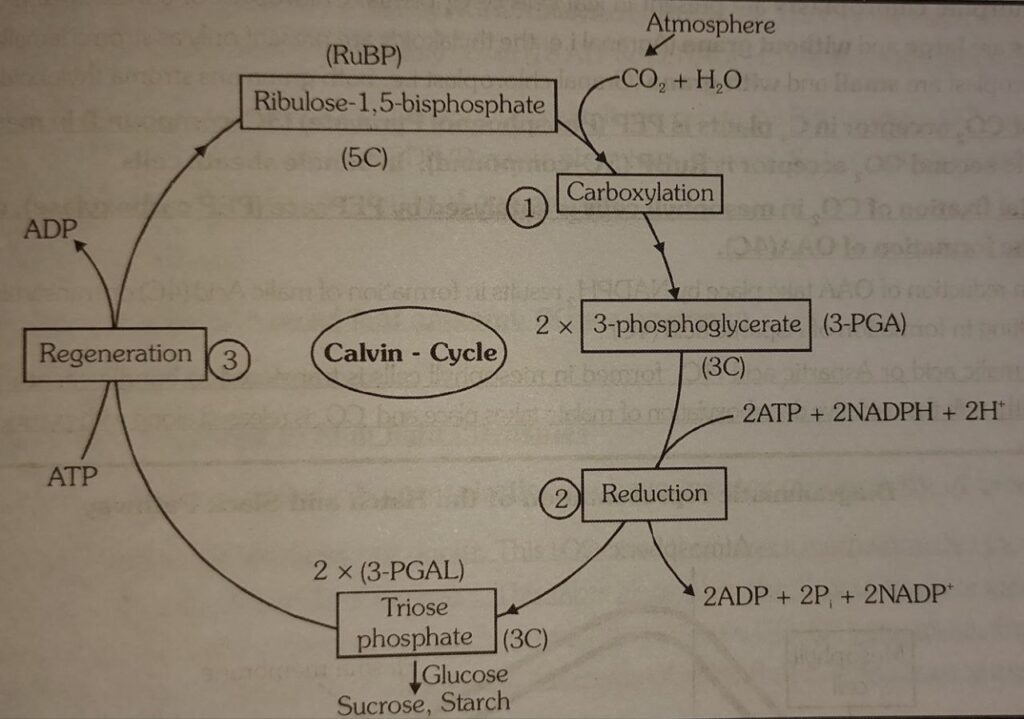
5. Factors Affecting Photosynthesis in higher plants
Light Intensity
When the intensity of light is low then the rate of photosynthesis is also low and as the intensity of light increases, the rate of photosynthesis also increases proportionately.
Beyond this point, further increase in light intensity does not increase the rate of photosynthesis because other factors like concentration of CO2 or temperature begins to limit the rate of photosynthesis.
Carbon Dioxide Concentration
In most cases, photosynthesis rate is in direct relationship with the level of CO2 where there is increased availability of carbon content.
Yet this is constrained by the capacity of the plant to fix the CO2 through the process of Calvin cycle.
Temperature
Again, photosynthesis has an ideal temperature which it is most efficient at.
High temperatures than damage enzymes involved in the Calvin cycle while very low temperatures decreases the rate of the enzymatic reactions hence, the rate of photosynthesis.
Water Availability
Water is a very essential reactant in photosynthesis and it is also a constituent required to bring about cell pressure.
Water is also important for the opening of the stomata; when there is none they close thus reducing the CO2 entry and the rate at which photosynthesis can take place.
6. Types of Photosynthesis in Plants
Most species of plants undergo photosynthesis in different methods in order to feed the green parts of the plant by absorbing light energy from the sun.
C3 Plants
Example
Many of the cereals including wheat and rice and most crops that are planted in temperate regions.
Process
It is applicable to such plants that carry out the Calvin cycle of carbon fixation.
When the weather is hot and dry, C3 plants experience photorespiration where oxygen competes with CO2 thus inefficiency.
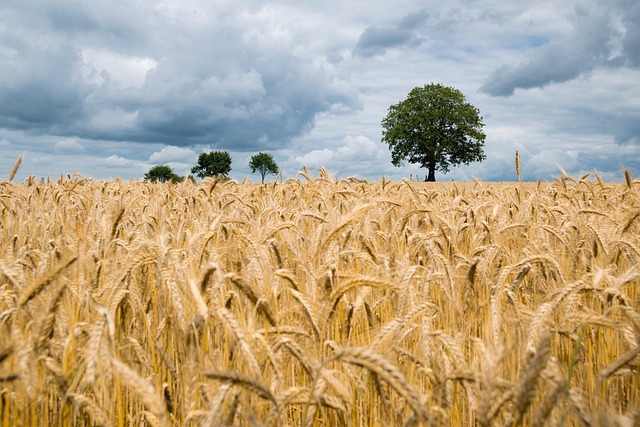
C4 Plants
Example
Maize or corn, sugar cane and sorghum.
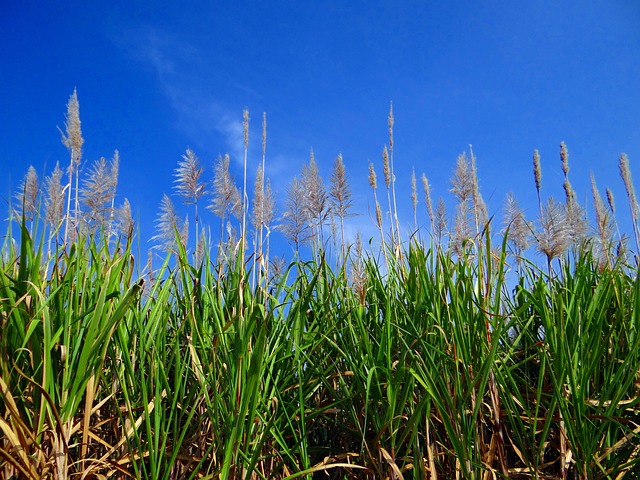
Process
C4 plants have another level of CO2 fixation where it is first incorporated in 4 carbon intermediate compound in mesophyll cells before it cyclically enters the bundle sheath cell for Calvin cycle.
This adaptation minimizes photorespiration and is effective when the temperatures are high most often in regions with hot climates.
CAM Plants
Example
Such as Succulent house plants, cacti, and pineapples.
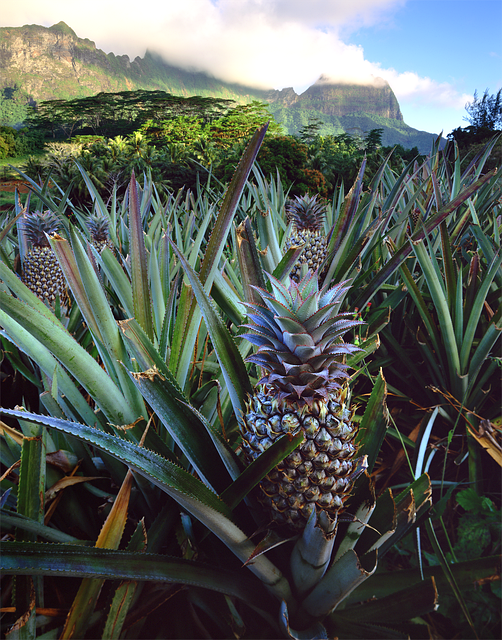
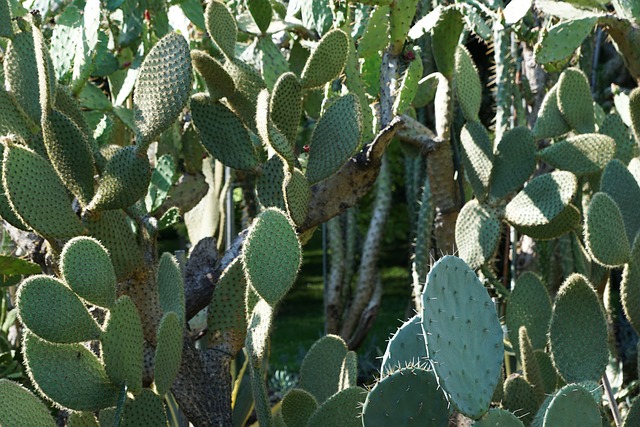
Process
CAM the plants open their stomata during the night to capture CO2 then fix the gas into malic acid.
During day time, they shut their stomata and utilize the carbon dioxide that has been accumulated for the process of photosynthesis and reduce Transpiration.
7. The Importance of Photosynthesis
Photosynthesis is fundamental for life on Earth
Oxygen Production
This in turn produces oxygen as a wastage product which is a vital requirement for most living beings.
Food Chain
Plant synthesize glucose through photosynthesis and this glucose is used by herbivores, and consequently, carnivores as an energy providing molecule.
Form the base of the food chain.
Carbon Cycle
Concerning the carbon cycle, photosynthesis helps in reducing the concentration of CO2 in the atmosphere and storing it in plant tissues.
Conclusion
Photosynthesis is an important and rather intricate process, in the course of which light energy is converted to chemical energy for the sustenance of life on earth and the oxygen supply as well as the initiation of food chain production.
This article helps us to understand this process, the role of plants, and why we should save our environment to support these significant organisms
For a more detailed overview and concise notes on PLANT PHYSIOLOGY, including key concepts point wise to increase your understanding check out our digital product here. Our short notes for class 11 and 12 are designed to help you excel in your biology studies and ace your exams.
FAQs
What is photosynthesis, and why is it important?
Photosynthesis is the process by which plants, algae, and some bacteria use sunlight to convert carbon dioxide and water into glucose and oxygen. It is crucial because it provides the primary source of organic carbon for all living organisms and produces the oxygen we breathe.
Where does photosynthesis in higher plants take place?
Photosynthesis occurs in the chloroplasts, which are structures found within the plant cells. These chloroplasts contain pigments like chlorophyll that are essential for absorbing light energy.
What role does chlorophyll play in photosynthesis?
Chlorophyll is a green pigment located in the chloroplasts. It absorbs light, particularly blue and red wavelengths, and uses this energy to help convert carbon dioxide and water into glucose, providing energy for the plant
What are the main stages of photosynthesis?
Photosynthesis consists of two main stages: light-dependent reactions and light-independent reactions (Calvin cycle). Light-dependent reactions occur in the thylakoid membranes, where light energy is converted into ATP and NADPH. The Calvin cycle takes place in the stroma of the chloroplasts, using ATP and NADPH to convert carbon dioxide into glucose.
What factors can affect the rate of photosynthesis in higher plants?
Several factors influence the rate of photosynthesis in higher plants, including light intensity, carbon dioxide concentration, temperature, and water availability. Optimal levels of these factors enhance photosynthesis, while extreme conditions can limit the process.
